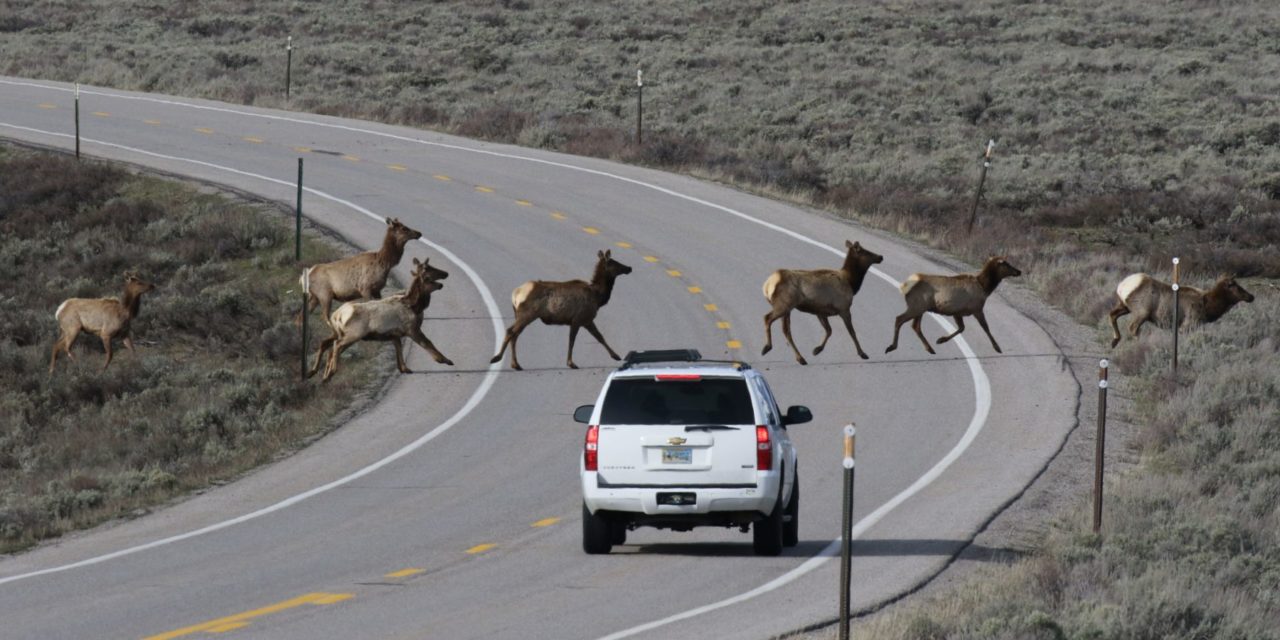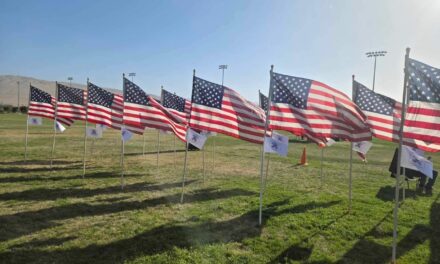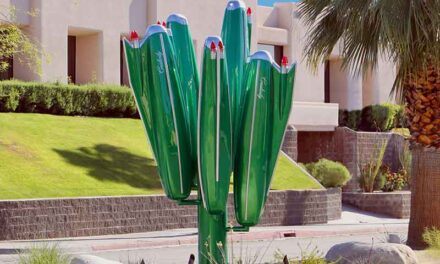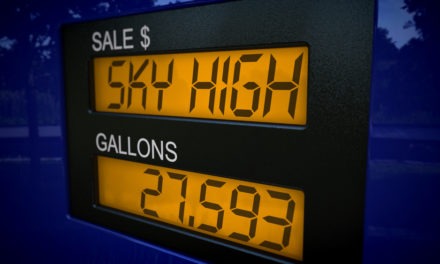Auto Club Reminds Drivers About Dangers Of Wildlife Collisions
Fewer daylight hours and a spike in deer activity during the cooler breeding months increase the chances of wildlife collisions with them and other animals. In California, from 2015-2018, there were 26,547 traffic incidents that involved wildlife reported to the California Highway Patrol.
A collision with a bear, coyote, deer, mountain lion, or other wildlife can put a serious dent in your vehicle, if not destroy it completely, and could result in serious injuries or fatalities.
According to the UC Davis Road Ecology Center, the cost of large wildlife-vehicle collisions for 2018 in California was $307 million. The CHP reported 15 people died and 810 people were injured in 4,368 roadway collisions with animals throughout the Golden State between 2017 and 2018. Moreover, according to the IIHS, more than 1.5 million deer-vehicle collisions occur each year across the U.S., resulting in 150 fatalities and tens of thousands of injuries.
To reduce the potential danger and high financial cost of wildlife collisions, the Automobile Club of Southern California cautions drivers to be especially vigilant on the road in animal-prone areas in the months ahead.
This is especially important on Interstate 405, near the Santa Monica Mountains and Interstate 101 in the Sepulveda Pass and northwest of the San Fernando Valley, where endangered mountain lions attempt crossings and have been hit by vehicles in the past. Further up the central coast, drivers have hit mountain lions in San Luis Obispo and Cambria.
The Road Ecology Center in 2019 reported that between 2015 and 2018, 299 mountain lions were killed on California roads.
“Drivers who are not buckled up and motorcyclists who are not wearing safety helmets are most vulnerable in these crashes,” said Claudia Rodriguez, the Auto Club’s Vice President of Insurance Claims. “Many of the crashes are unavoidable but understanding the dangers and being prepared for them, especially in the winter breeding months when most automobile and large animals such as deer, bears and mountain lion crashes typically occur, could save lives.”
To help prevent a crash or to reduce damage from an animal collision, the Auto Club suggests motorists:
- Pay attention to road signs. Yellow, diamond-shaped signs with an image of a deer indicate areas with high levels of deer activity.
- Keep your eyes on the road. Ditching distractions is one of the easiest ways to make sure you’re ready for when wildlife comes out of nowhere.
- Be especially attentive in early morning and evening hours. Many animals are most active from 5-8 AM and 5-8 PM, prime commuting times for many people.
- Use high beams when there’s no oncoming traffic. You can spot animals sooner. Sometimes the light reflecting off their eyes will reveal their location.
- Slow down and watch for other deer to appear. Deer rarely travel alone, so if you see one, there are likely to be more nearby.
- Resist the urge to swerve. Instead, stay in your lane with both hands firmly on the wheel. Swerving away from animals can confuse them so they don’t know which way to run. It can also put you in the path of oncoming vehicles or cause you to lose control of the vehicle and crash into something.
- If the crash is imminent take your foot off the brake. During hard braking, the front end of your vehicle is pulled downward which can cause the animal to travel up over the hood towards your windshield. Letting off the brake can protect drivers from windshield strikes because the animal is more likely to be pushed to one side of the vehicle or over the top of the vehicle.
If you hit a wild animal, the Auto Club recommends drivers:
- Call 9-1-1.
- Avoid the animal. A frightened or wounded animal can hurt you or further injure itself.
Put the vehicle’s hazard lights on, whether it’s light or dark outside. - If possible, immediately move the vehicle to a safe location, out of the roadway, and wait for help to arrive.
- Contact your insurance agent or company representative as quickly as possible to report any damage to your car.
- AAA’s Recommendation: Check Your Coverage.
Collision coverage pays for damage to your car resulting from a collision with an object (e.g., a telephone pole, a guard rail, a mailbox), another vehicle, or because of flipping over. The Auto Club recommends motorists opt-in for comprehensive coverage, which is for damage to your car covered by incidents “other than collisions” (in this case, contact with animals).
“While adding comprehensive coverage may add a small amount to your premium, it could save you money down the road,” Rodriguez said.
Image Sources
- Elk: The Nature Conservancy







